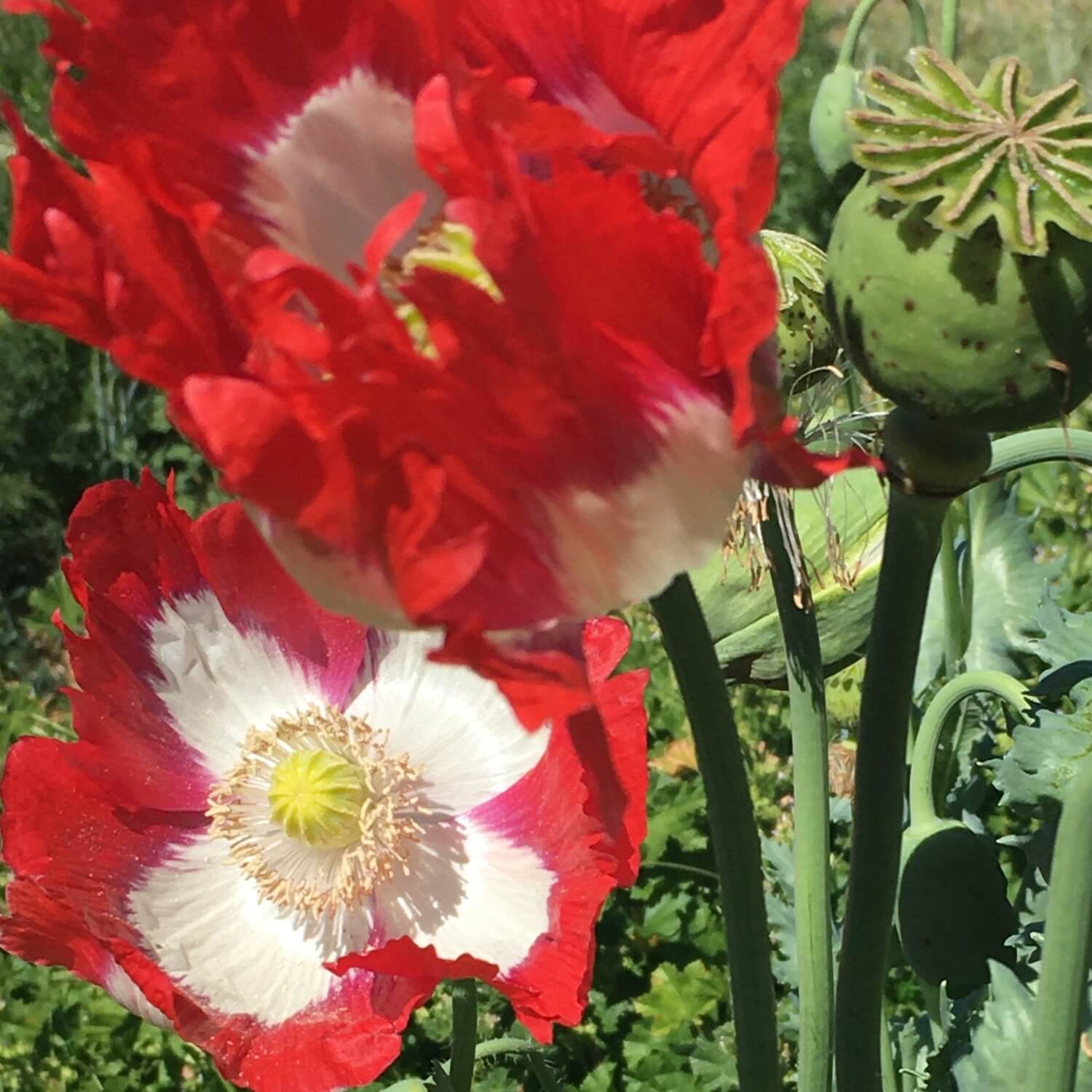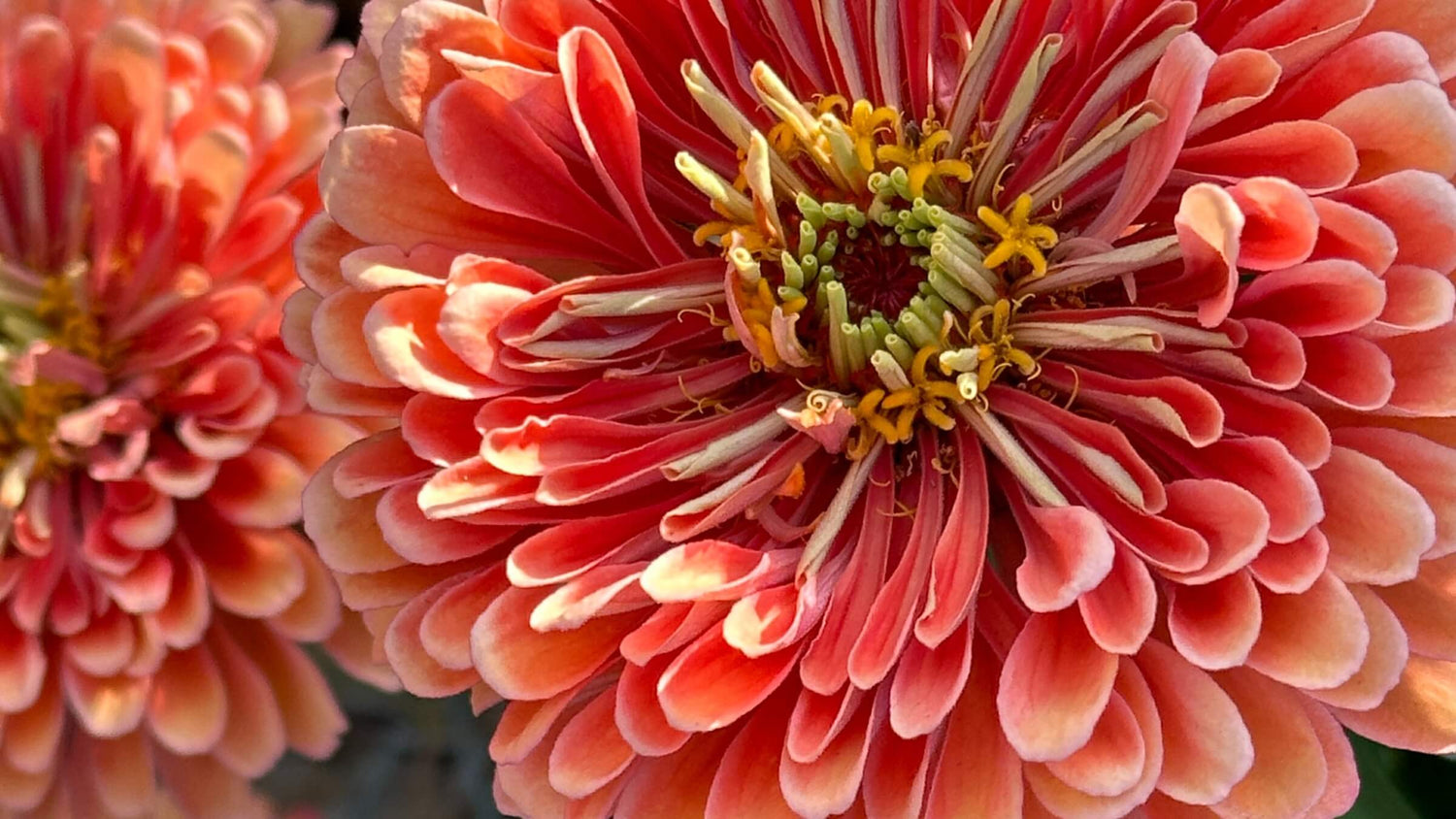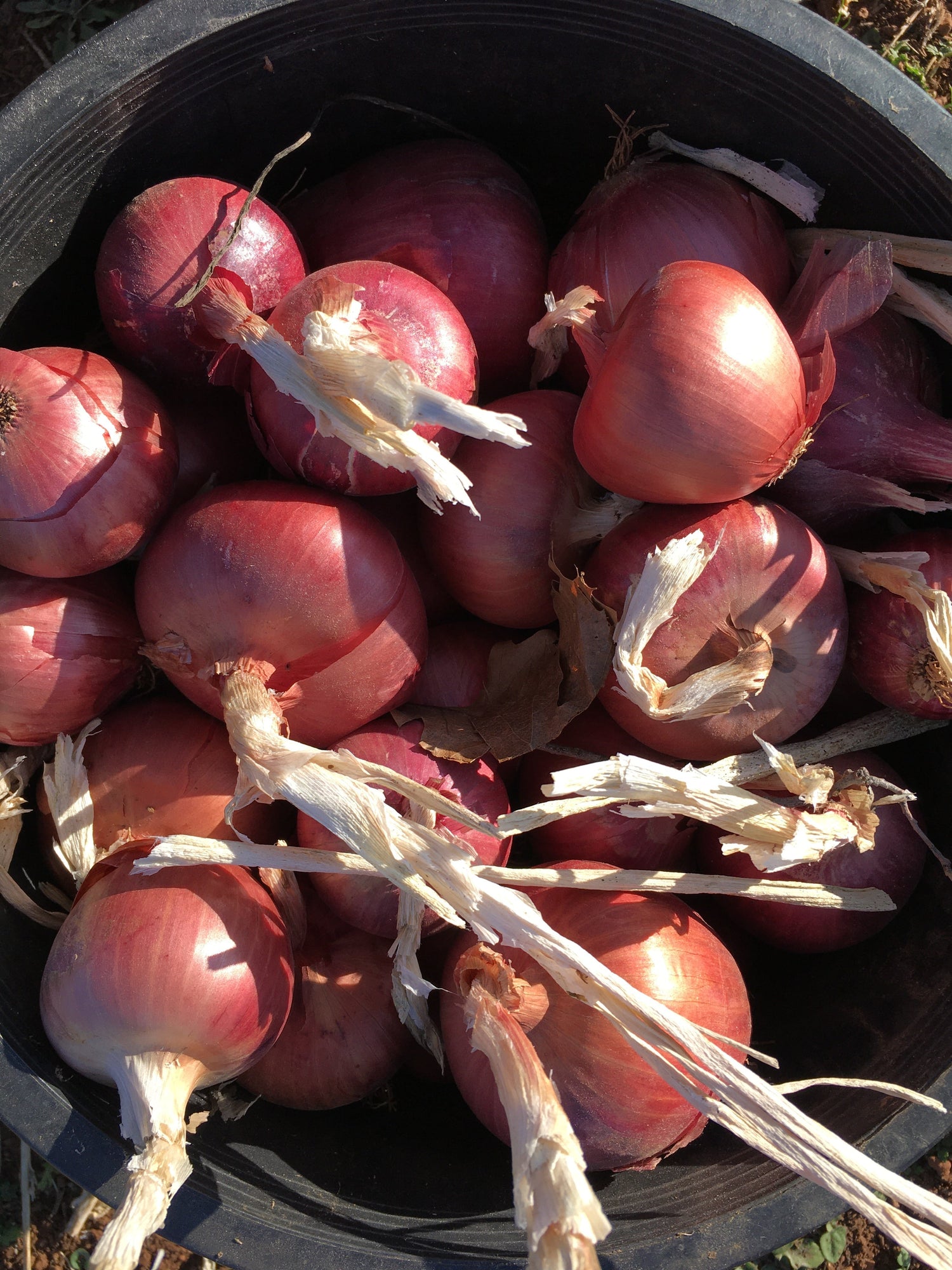
Planting seeds fascinates kids of all ages, from the very young to teens. Over the years I have done these activities with my kids, afterschool programs and as classroom activities. If you work with kids in any capacity, planting the fall garden is a great annual activity.
Planting can be adjusted depending on the age of the children. The very young, under 5, are still learning to use their fingers and big seeds are best and most rewarding. I recommend peas, beans and sunflowers. These are quick to germinate and will do well planted in a cup and observed on a windowsill in the sunlight.
Slightly older kids around 5-7 still thrive on big seeds but can be introduced to the smaller brassica and lettuce seeds as well. They easily understand that small seeds should be planted shallowly and large seeds deeply. You will find that they have a hard time only planting a few seeds per cell and I usually do not worry about over planting.
Kids really start getting good finger control as they become better writers and by 8-11 can plant really well. I have observed this progression in my daughter who has suddenly gone from 'helping' to actually being a real help at planting time.
Materials needed: Seeds, potting soil, planting containers (these can be old 6 packs, egg cartons, cups, etc), popsicle sticks for labels
When sowing seeds with young people here are a few points I emphasize.
- Seed size matters. Teach them to notice how large the seed is and to plant it accordingly. I usually tell them to plant the seed 'twice as deep as the seed is large'.
- What is a seed? This is a good time to talk about the life cycle of a plant. How is a seed produced? Teach them the plants produce flowers, are pollinated and then yield seeds. If you have a school garden or home garden you might even be able to observe this cycle and harvest seeds.
- What does a seed need to germinate? And what does germinate mean? When working with groups of kids other than my own, I usually assume that kids haven't had much garden exposure and am sure to define everything we do. Ultimately, to germinate seeds need two things, moisture and warmth. Later, once sprouted they also need direct sunlight or will become leggy, meaning the plants will grow too tall as they search for the sunlight.
- Place your plant starts in a warm place and water gently. I find that a spray bottle is the best for kids to use for seed germination. It provides gentle watering and they love using it!
- Get scientific! There are so many ways to explore the garden through science. Ask your kids....What would happen if we use different soil types for planting? What if some plants get direct light and others do not? How does temperature affect germination speed? There are many simple experiments you can do that will lead your kids to discovering for themselves what plants really need to thrive.
To test soils- Plant the same seeds in three different soils. One could be a store potting mix. The other two could be native dirt, sand, garden soil, etc. Watch the trays to see which germinate first and if there are any differences in seedling vigor.
To test light- Plant the same seeds in the same soil but when they germinate move one tray to the direct sunlight and another to a shady location. You could even do three trays and put one in a dark closet. Monitor the seedlings and record their growth.
To test temperature- To do this most effectively find a heat mat with a thermostat. Start one batch of seeds on the heat mat set to around 75-80 F and the other at room temp and see which germinate more quickly.
Reach out to us if your project needs seeds. We donate many seeds to school gardens, homeschoolers and community gardens each year. Look for our Donation Seed package at www.redwoodseeds.net where for the cost of shipping, you will receive 10-15 packets of last year’s seeds.






